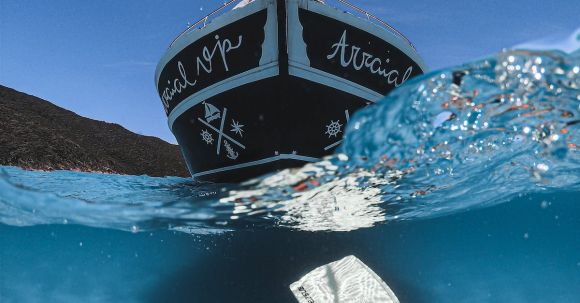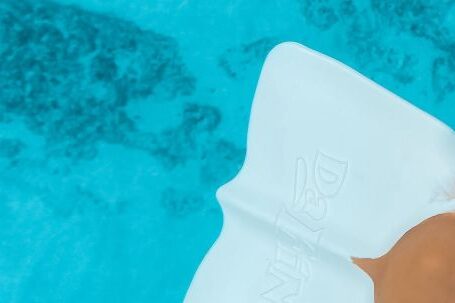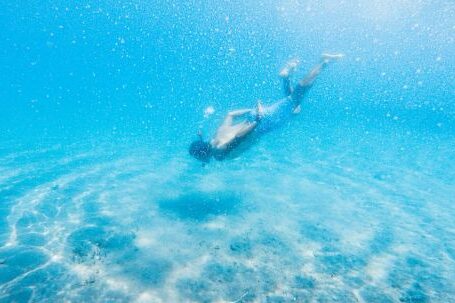Exploring the depths of the ocean is a fascinating and exhilarating experience. However, it also comes with potential dangers, one of which is nitrogen narcosis. This phenomenon, also known as “raptures of the deep,” can affect divers at great depths. In this comprehensive guide, we will delve into the intricacies of nitrogen narcosis, its causes, symptoms, and how to prevent it.
What is Nitrogen Narcosis?
Nitrogen narcosis is a condition that occurs when a diver descends to significant depths, typically below 100 feet (30 meters). It is caused by the increased partial pressure of nitrogen in the bloodstream. As pressure increases, the body absorbs more nitrogen, leading to an altered mental state similar to intoxication.
Causes of Nitrogen Narcosis
The main cause of nitrogen narcosis is the increased pressure at depth, which causes the nitrogen molecules to dissolve and enter the bloodstream. The effects of narcosis are more pronounced with increased depth, as the concentration of nitrogen in the body rises. However, it is important to note that individual susceptibility to nitrogen narcosis can vary, and some divers may be more prone to it than others.
Symptoms of Nitrogen Narcosis
Recognizing the symptoms of nitrogen narcosis is crucial for divers to take appropriate action. The early signs of narcosis may include feelings of euphoria, impaired judgment, and a sense of invincibility. As the condition progresses, divers may experience confusion, impaired coordination, and even hallucinations. In severe cases, nitrogen narcosis can lead to unconsciousness and potentially be life-threatening.
Preventing Nitrogen Narcosis
While the effects of nitrogen narcosis cannot be completely eliminated, there are measures divers can take to minimize the risk. The most effective way to prevent narcosis is to limit the depth of the dive. Staying within safe limits, as recommended by dive tables or computer algorithms, reduces the likelihood of experiencing narcosis. Additionally, diving with a buddy who can monitor your behavior and provide assistance if needed is crucial.
Gas Blends and Nitrogen Narcosis
Another technique that can help mitigate the effects of nitrogen narcosis is using gas blends with reduced nitrogen content. Nitrox, a mixture of nitrogen and oxygen with a lower percentage of nitrogen, can allow for longer and safer dives at certain depths. However, it is essential for divers to undergo proper training and certification before using nitrox, as it requires specific knowledge and precautions.
Increasing Awareness and Experience
Experience plays a significant role in managing nitrogen narcosis. Divers who regularly expose themselves to deeper dives can develop a tolerance to the effects of narcosis over time. By gradually increasing depth and gaining experience, divers can become more familiar with their own susceptibility to narcosis and learn to recognize the symptoms early on.
Conclusion: Staying Safe in the Depths
Understanding nitrogen narcosis is crucial for divers who venture into the deep. By recognizing the causes and symptoms of narcosis, divers can take appropriate precautions and prevent potentially dangerous situations. Limiting dive depths, using gas blends with reduced nitrogen content, and gaining experience are all vital steps in ensuring a safe and enjoyable diving experience. Remember, the ocean holds many wonders, but it is always important to prioritize safety and make informed decisions while exploring its depths.





